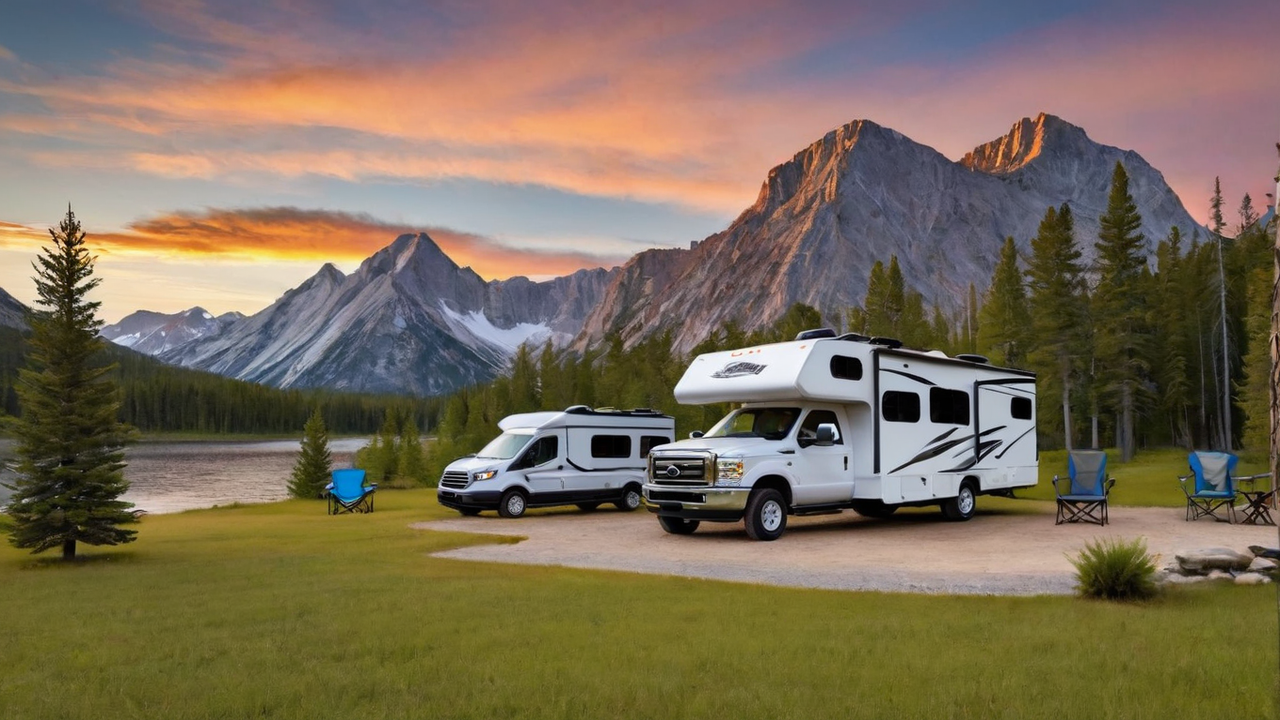Designing an Ultimate User's Experience: Designing Guidelines for Campground Programs
Designing an Ultimate User's Experience: Designing Guidelines for Campground Programs
Blog Article

Comprehending Your Audience
Knowing which the intended audience is vital in designing an efficient user interface. It's essential to consider your needs, likes, and tech competence. This understanding guides every design choice, ensuring that your software becomes user-friendly and easy to use.
Understanding the audience also implies recognizing the obstacles and how they intend to use your campground software. It enables the designers to tailor functions and capabilities that meet specific needs, therefore making the application not only useful but also essential.
Simplifying the Navigation
Streamlining the navigation system is a key element of interface design. An intuitive menu system ensures visitors can easily find what they're searching for, reducing frustration and enhancing user satisfaction. It's about making the experience inside the app as seamless as possible.
Furthermore, effective navigation guides users throughout your software, emphasizing features and tools that they might otherwise overlook. Such an approach not only improves usability but also encourages deeper interaction with the campground software full array of capabilities.
Incorporating Premium Visuals
Graphics have a crucial part in creating a attractive user interface. Visuals assist in breaking monotony and can also illustrate features in a more effectively than text alone. Choosing the correct graphics, icons, and colors can greatly boost the look of your software, thus making it more visually pleasing to the users.
Furthermore, visual consistency is essential for building brand identity and trustworthiness amongst users. Each component should be in sync with your brand’s values and the overall mission of the software, leading to a seamless experience that feels both professional and inviting.
Improving Responsiveness
In today's tech world, people expect campground programs to be fully responsive on all devices, from desktop computers to mobile phones. A adaptive design makes sure that no matter of the device size, the application delivers an optimal user experience. It not only improves accessibility but also caters directly to your users’ mobile lifestyle.
Furthermore, improving your software’s responsiveness can lead in improved speed, minimizing the loading time and preventing frustration. Visitors value a speedy and efficient experience when accessing camping applications, and this makes performance a crucial element in satisfaction levels.
Enhancing the Search
Finding data swiftly is fundamental in any kind of software, especially in campground management. Optimizing your search feature permits users to easily find what they're searching for, which in turn boosts their experience and efficiency. By intelligent search features, you can decrease the frustration and improve overall satisfaction.
Moreover, sophisticated search options such as filtering options and tagging can aid in narrowing down search results, making the process even efficient. Implementing these features shows a understanding of your user’s needs and an effort to enhancing the user’s interaction with the campground software as smooth and productive as possible.
Prioritizing Security
Security must be non-negotiable when coming to developing campground programs. Your users expect to be secure when providing their private information. Ensuring robust security measures not only protects the data but also builds trust between the user and the brand.
Beyond basic security features like passwords and encryption, it's important to consider implementing additional options such as two-factor authentication or biometric security logins. Such measures provide additional layers of protection, further ensuring that customer information is held secure from unwanted access.
Utilizing User Feedback
Gathering feedback is essential for the continual development of any campground program. It enables the developers to grasp what works, what doesn’t, and how the software can be bettered to meet user needs. This feedback creates a sense of community between the users and your development team, which makes them feel like they are actively a part of your product's journey.
Taking feedback effectively can lead in significant enhancements in UI designs and the overall user experience. Implementing changes based on actual feedback shows that the brand listens to its customers and is dedicated to providing a top-notch product.
Maintaining Simplicity
In UI design, the principle of simplicity is fundamental. An overly complicated interface can overwhelm the users, resulting in an unpleasant user experience. Simplicity, on the hand, helps your software more intuitive and user-friendly. It encourages greater user engagement and satisfaction.
Moreover, keeping the simplicity should extend to the software’s content and functionality. Avoiding unneeded features that don’t contribute real value can help ensure that your interface remains clean and full story focuses on meeting the essential needs of your end-users. By doing so, you can create a more effective UX that appeals with your target audience.
Report this page